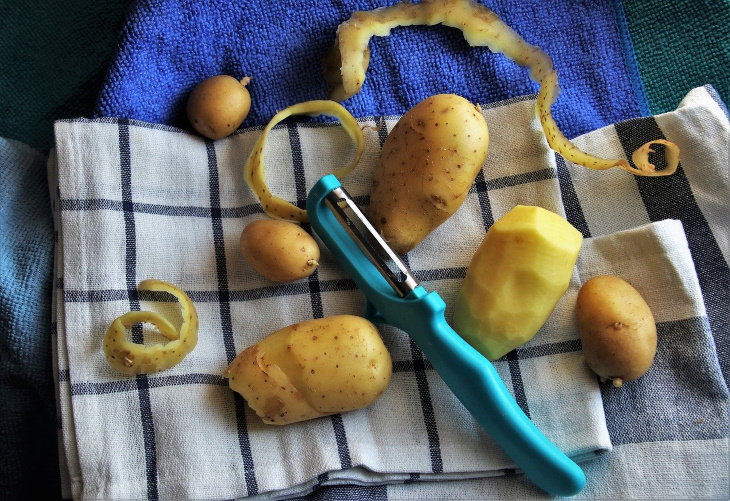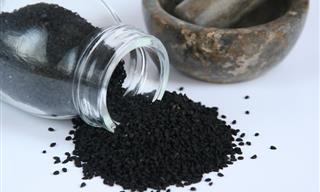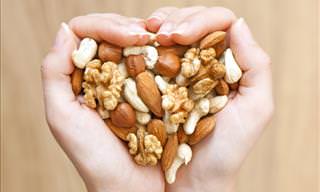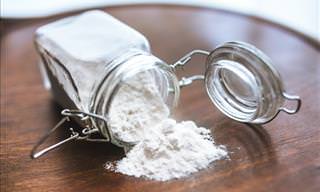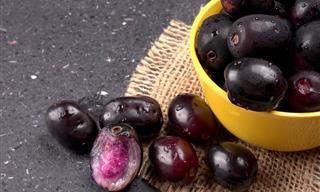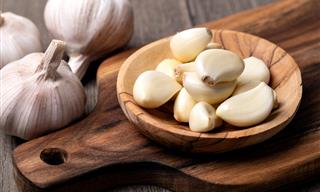Related Article: 15 Uses of Potatoes Besides Eating Them
The Nutrition Content
White potatoes are often demonized for their “diabetes-causing” ingredients, high-calorie content, and lack of any beneficial nutrients, while sweet potatoes are known for their many health benefits. However, if we examine the two tubers more closely, we’ll be able to see that the two are actually not so different.
The difference in calories is negligible - with ⅔ cup (100 g) of sweet potatoes containing 90 calories, while the same amount of white potatoes contains just 2 calories more - 92 calories. The protein, fat, and carbohydrate content of the two potato varieties are identical, both contain 2g of protein, 0.15 grams of fat, 21g of carbs.
Both root veggies are rich in minerals and vitamins, such as magnesium, calcium, Vitamin B6, and vitamin C, with sweet potatoes being marginally richer in the last two. White potatoes also contain more potassium - 17% of the daily value as opposed to 10% in sweet potatoes.
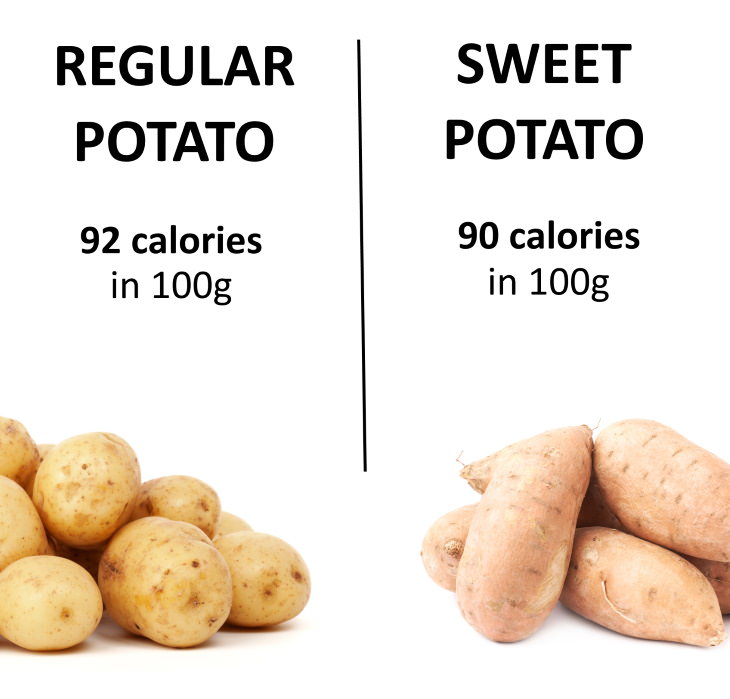
The main difference between sweet potatoes and regular ones is the amount of beta-carotene, aka vitamin A. This vitamin imparts sweet potatoes with their orange hue, and it’s practically non-existent in white potatoes. This color difference makes many people believe yams are much healthier, which is just not true.
"People are under the impression that sweet potatoes are healthier because they are orange. We have heard that 'white foods' are bad which is not true," registered dietitian nutritionist Shana Spence said in an interview with the Insider.
According to Healthline, sweet potatoes, especially purple ones, are also higher in antioxidants. On the other hand, white potatoes have compounds called glycoalkaloids, which have been shown to possess anti-cancer properties in studies. The fiber content of both veggies is also the same.
The Glycemic Index (GI Index)
Another pro-sweet potato argument you will typically see is the difference in the GI index - which is the rate at which different foods affect your blood sugar levels. If the GI index is higher than 70, a specific kind of food will increase blood sugar levels faster, which is why it’s not recommended for diabetics and people with other blood sugar issues.
And while the glycemic index of sweet potatoes is lower than that of white ones in general, the way you cook will significantly affect the GI index, too. So, depending on the cooking method used, the GI index of sweet potatoes varies from 44 to 94! Thus, it’s more important to choose the right cooking method for potatoes than limit yourself to sweet potatoes only.
Healthy Ways to Cook Potatoes
To enjoy all the nutrient benefits of both sweet and white potatoes without worrying about blood sugar spikes, it’s important to cook them properly and avoid adding unnecessary additives, such as cheese, cream, sugar, or butter when preparing potatoes.
Frying will also increase the GI index of foods and will make both sweet and white potatoes less nutritious. Dietitians recommend baking instead of frying and keeping the skin on to get more fiber from the tubers. Instead of excessive oil, cheese, and butter, nutrition experts say it’s better to add herbs and spices to potatoes for extra flavor.
Combining potatoes and yams with non-starchy vegetables, fish, meat, and other protein-rich foods is also beneficial, as it can further decrease their glycemic index. Lastly, those who wish to decrease the impact of sweet and white potatoes on blood sugar should boil them instead of baking, because boiling actually decreases the GI index of starchy foods like potatoes.
In summary, you can and should enjoy both sweet and white potatoes in a well-balanced diet. As long as you cook them right, don’t eat more than a serving of potatoes at a time, and include a variety of other nutritious foods in your diet, both of the potato varieties will only boost your health.
 Go to BabaMail
Go to BabaMail




